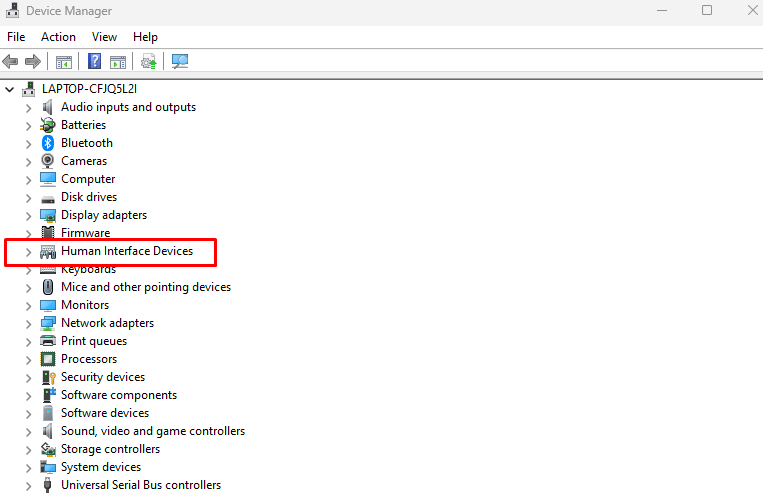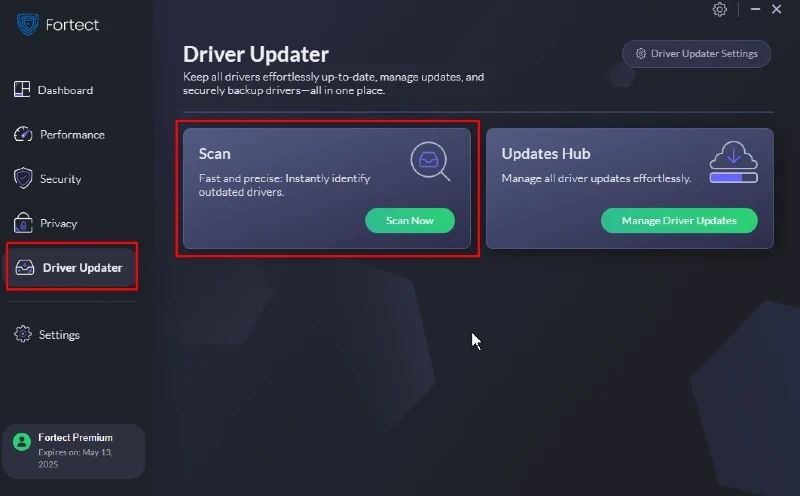How to Fix Windows 10 Touchscreen Not Working
Touchscreen functionality is a crucial feature of many Windows 10 devices, offering a convenient and intuitive way to interact with your computer. However, when the touchscreen stops working, it can significantly hinder productivity and disrupt workflow.
We will examine the common causes of touchscreen issues on Windows 10 and provide step-by-step solutions to help you get your device back in working order.
Causes for Windows 10 Touchscreen Not Working
Touchscreen problems on Windows 10 devices can arise for various reasons, including:
- Driver Issues: Outdated or corrupted drivers are among the most common causes of touchscreen malfunctions. When the drivers that control your touchscreen hardware become outdated or corrupted, the system may fail to recognize touch input.
- Hardware Conflicts: Conflicts with other hardware components or recently installed peripherals can also interfere with touchscreen functionality. If your device is not responding to touch, it could be due to a conflict with another USB device or a hardware connection issue.
- Power Management Settings: Windows 10 power management settings can sometimes turn off the touchscreen to save battery life. These settings might unintentionally turn off the touchscreen, making it unresponsive.
Understanding these causes can help you determine the most effective troubleshooting method for resolving your touchscreen issues.
9 Ways to Fix Windows 10 Touchscreen Not Working
Restart the Windows 10 Device
A simple restart can often resolve minor software glitches causing the touchscreen to stop working. Restarting the device refreshes the operating system and clears temporary files that might interfere with touchscreen functionality.
- Click on the Start menu, select the Power icon, and choose “Restart.”
- Wait for your device to restart and test the touchscreen to see if the issue is resolved.
Run the Hardware and Devices Troubleshooter
Windows 10 includes a built-in troubleshooter to help diagnose and fix hardware-related issues, including touchscreen problems.
- Press Windows + I to open Settings, then go to “Update & Security.”
- Click “Troubleshoot” and select “Hardware and Devices.”
- Click “Run the troubleshooter” and follow the on-screen instructions to detect and fix any issues.
Calibrate the Touchscreen
Calibrating the touchscreen can help if the device does not respond correctly to your touch or seems misaligned. This process adjusts the touch input to match the display.
- Open the Control Panel and go to “Hardware and Sound.”
- Click “Tablet PC Settings” and “Calibrate the screen for pen or touch input.”
- Follow the on-screen instructions to calibrate the touchscreen.
Check the Upstream USB Link
Ensuring all USB connections are secure can prevent touchscreen malfunctions, mainly if the touchscreen depends on a specific USB port.
- Inspect all USB ports and cables connected to your device.
- Ensure that there are no loose connections or damaged cables.
- Reconnect all cables securely and test the touchscreen again.
Disable and Re-enable the Touchscreen
Disabling and then re-enabling the touchscreen can reset the device and resolve any software conflicts causing it to stop working.

- Press Windows + X and select “Device Manager.”
- Expand “Human Interface Devices” and right-click on your touchscreen device.
- Select “Disable device,” wait a few seconds, and then select “Enable device.”
Uninstall Recent Programs
Newly installed programs or updates can sometimes interfere with touchscreen functionality. Uninstalling recent software can help determine if an application is causing the issue.
- Open the Control Panel and go to “Programs and Features.”
- Sort the programs by “Installed On” to find recent installations.
- Right-click on any recently installed program and select “Uninstall.” Restart your device and check if the touchscreen works.
Change Power Management Settings
Adjusting power management settings can prevent Windows from turning off the touchscreen to save power, which might cause it to stop working.
- Press Windows + X and select “Device Manager.”
- Expand “Human Interface Devices,” right-click on your touchscreen device, and select “Properties.”
- Go to the “Power Management” tab and uncheck “Allow the computer to turn off this device to save power.” Click “OK” and restart your device.
Update the Touchscreen Drivers
Outdated drivers can lead to compatibility issues and touchscreen malfunctions. Updating your touchscreen drivers can ensure proper functionality.
- Open “Device Manager” by pressing Windows + X.
- Expand “Human Interface Devices,” right-click on your touchscreen device, and select “Update driver.”
- Choose “Search automatically for updated driver software” and follow the prompts. After updating the driver, restart your device.
I recommend using a third-party tool like Fortect, which includes a driver updater.

The premium version of Fortect with a driver updater can automatically scan your system, detect outdated drivers, and update them to the latest versions.
If you’re hesitant about upgrading to the premium version, you can start with the trial version. Remember that the trial only lets you manually update drivers one at a time for the ones you select.
Give Fortect a try by downloading and installing it today!
Rollback the Touchscreen Drivers
If a recent driver update is causing issues, rolling back to the previous version can restore touchscreen functionality.
- Open “Device Manager” and expand Human Interface Devices.
- Right-click on your touchscreen device and select Properties.
- Go to the “river” tab and click ” Roll Back Driver.
- Follow the on-screen instructions and restart your device.
Conclusion
Touchscreen issues on Windows 10 devices can be frustrating, but by understanding the potential causes and following these troubleshooting steps, you can often resolve the problem quickly. Whether it’s a simple restart, adjusting power settings, or updating drivers, these methods can help restore your touchscreen’s functionality.
Regular maintenance, such as updating drivers and checking for hardware conflicts, can prevent future touchscreen issues and ensure a smooth user experience.




